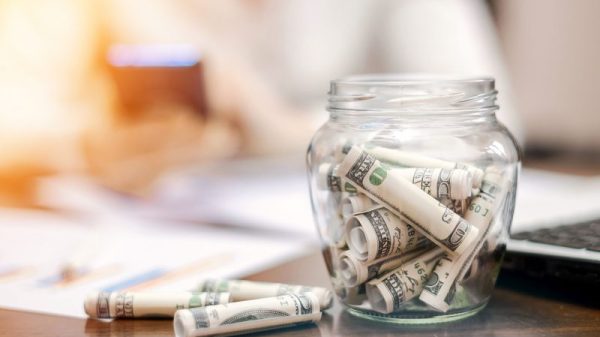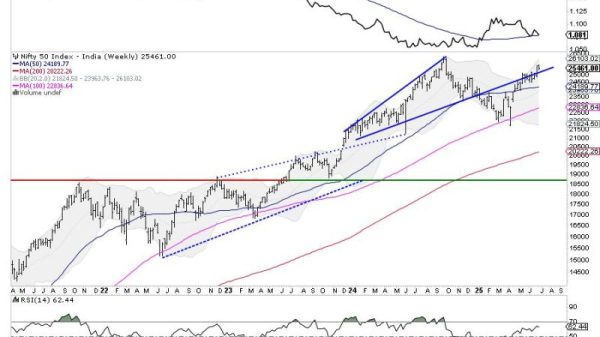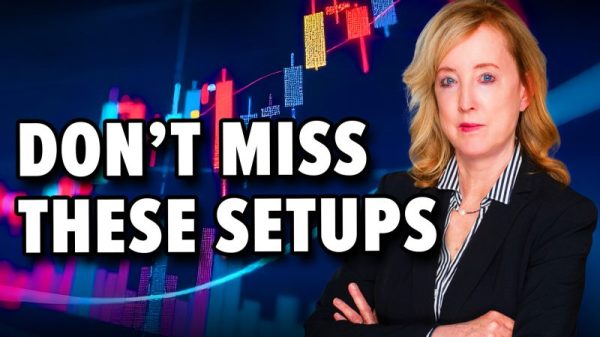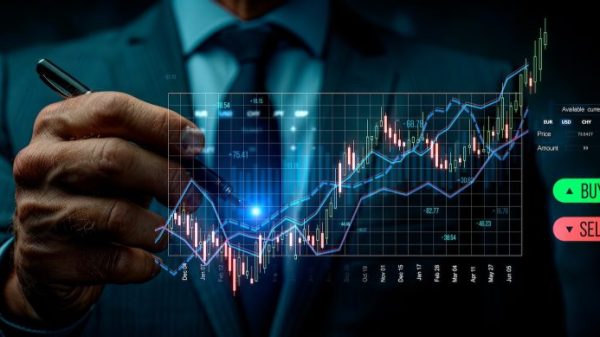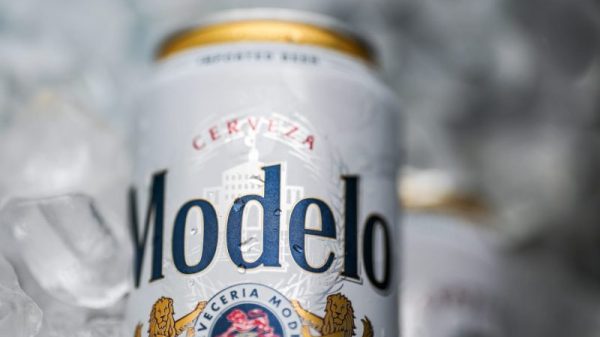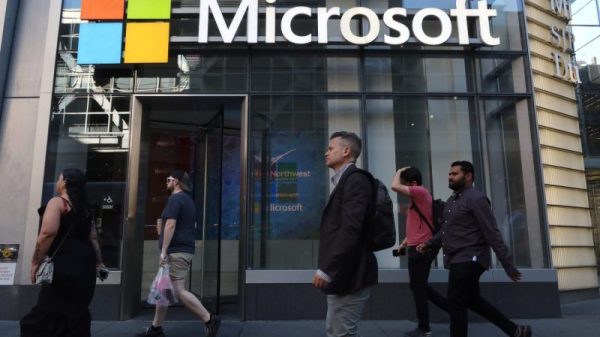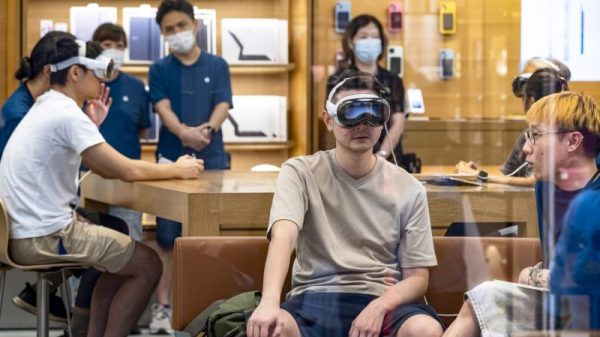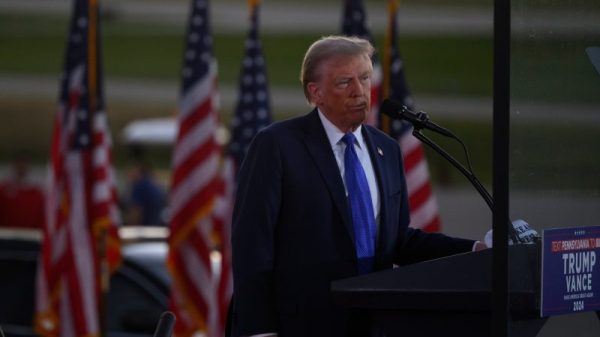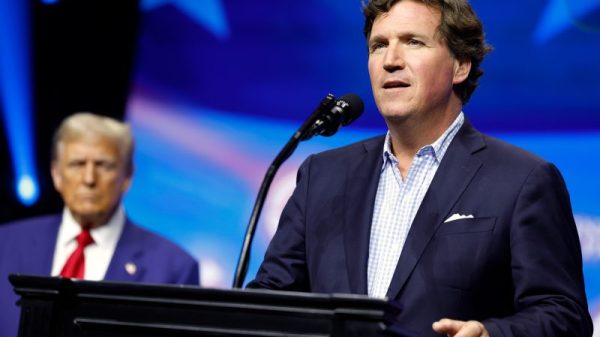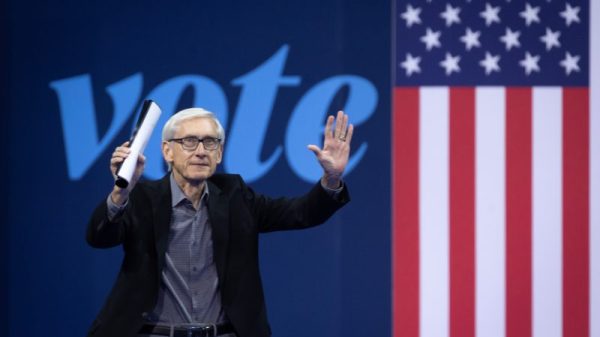Inflation may be cooling, but consumers’ outrage over higher prices is running hot.
TikTok users blasted Walmart for rolling out digital shelf labels that allow it to quickly raise and lower prices. Wendy’s backpedaled after its CEO suggested the burger chain may start using dynamic pricing. And at some Chipotle locations, customers filmed workers to try to make sure they didn’t skimp on their burrito bowls.
The three joined a growing list of consumer brands contending with customers’ deep frustration over high prices — and wariness that prices will only rise more. Many retailers, restaurants and other consumer companies have seen sales fall as shoppers pull back their spending. Businesses are now trying to convince customers that they offer the best deals, fueling a rise in discounts, promotions and value meals.
Consumers are fed up with deceptive pricing, said Jean-Pierre Dubé, a professor of marketing at the University of Chicago Booth School of Business. They’ve seen smaller items on shelves, paid tacked-on fees and felt pressure to tip workers for things they didn’t tip for in the past.
“We’re reaching a boiling point on this,” he said.
The companies stocking grocery aisles contend consumer perception is skewed. Grocery prices have risen just 1% in the past year. But food at home prices have climbed more than 24% since May 2019, stretching consumers’ wallets and stoking anger with companies.
Consumers’ buying power has also increased as inflation cools and the job market remains strong, boosting real hourly earnings for the average private sector worker, according to U.S. Bureau of Labor Statistics data.
Other key costs are raising Americans’ expenses, such as electricity and rent, which have climbed over the last 12 months.
“People experience the price of consumer products constantly, and that does tend to be a focus of what they can remember buying last,” said David Chavern, president of the Consumer Brands Association, a trade group representing Coca-Cola, Procter & Gamble and dozens of other consumer packaged goods companies. “But the reality is that what’s happening in the grocery store, in the drug store has not been a source of material inflation over the last 12 to 18 months.”
In a Pew Research Center survey from May, 62% of U.S. adults said inflation was “a very big problem in the country today,” a higher percentage than any other issues they were asked about including illegal immigration, gun violence, violent crime and the federal budget deficit.
That percentage has held roughly steady, even as inflation cools. In the year-ago survey by Pew, 65% of Americans said inflation was a very big problem.
Inflation has also become a major talking point on the presidential campaign trail. Former President Donald Trump has blamed President Joe Biden, while has Biden accused companies of greed.
Grocery inflation may be back to pre-pandemic levels, but that hasn’t eased the frustration of Americans who are paying way more than they did years ago.
Consumers, businesses and the Federal Reserve will get the latest read on inflation on Thursday, when the federal government reports the consumer price index for June.
Dianna Campbell, 69, a TV producer and consultant in Manhattan, said she’s noticed prices rising and staying high, whether it’s for laundry detergent or a restaurant meal.
“You’re paying more for it, but you’re giving me less, and the quality is worse,” she said.
Campbell isn’t the only consumer angry about shrinkflation, the practice of cutting an item’s size, but not its price.
Over the past year, the term has become a household phrase through references in pop culture and politics. In March, both the Cookie Monster and Biden called out shrinkflation by name, the former for reducing the size of his beloved treats and the latter for decimating Snickers bars. (Snickers’ parent company, Mars, denied skimping on the chocolate bars).
Customers have seen plenty of other examples on trips to the grocery store.
In a report on shrinkflation, Sen. Bob Casey, D-Pa., called out Gatorade for swapping out a 32-ounce bottle for a 28-ounce version and keeping the same price.
Gatorade denies that it changed its packaging for profits. PepsiCo spokesperson Andrea Foote told CNBC that the 28-ounce bottle of Gatorade has been around for more than a decade, and widening its distribution was part of the company’s long-term strategy, not a response to the current economic climate.
Retailers have also been accused of shrinking the size of private label items. Walmart, for instance, cut the number of sheets in its Great Value paper towel rolls from 168 to 120 but did not reduce the price. Company spokeswoman Tricia Moriarty said it’s not shrinkflation because Walmart reformulated the product to make each sheet more absorbent.
Awareness of shrinking portions contributed to recent backlash against Chipotle. After some customers thought their burrito bowls were smaller, they began filming the workers making their orders and posting the videos on TikTok.
In an interview with Jim Cramer on CNBC’s “Mad Money” in late May, CEO Brian Niccol said Chipotle has not reduced portion sizes and described the TikTok trend of filming workers as “a little rude.”
“The whole thing is kind of crazy to me,” he said. “We’ve always said we want to give people great portions. We want to give them what they want.”
Wells Fargo analyst Zachary Fadem tested out the theory himself, ordering 75 burrito bowls from eight New York City Chipotle restaurants and weighing them. The burrito bowls’ weight varied based on location, leading the analyst to conclude that consistency was the issue — not shrinkflation.
But the feeling of paying more and getting less isn’t just in consumers’ heads. It’s become a common experience when shoppers stock up on groceries and get ready for backyard barbecues.
This July 4, for example, customers paid an average of $71.22 for a cookout for 10 people, according to the American Farm Bureau Federation. That’s up 5% from last year and 30% from 2019.
Wendy’s and Walmart have also recently felt fury from consumers concerned about getting ripped off.
In late February, the burger chain had to backpedal after CEO Kirk Tanner told investors that Wendy’s would test features as soon as 2025 that included “dynamic pricing” — such as adjusting menu prices to drive demand during slower times of the day. Wendy’s later said that it had no plans to raise prices when demand is highest and blamed misleading media reports for the uproar.
More recently, social media users criticized Walmart over its decision to roll out digital shelf labels, higher-tech price tags that allow it to quickly and easily change prices. The retailer said last month that it would add the technology to more of its stores and plans to have them in 2,300 locations, or roughly half of its U.S. footprint, by 2026.
On TikTok, some saw the move as the first step toward the nation’s largest retailer using dynamic pricing, the practice of raising and lowering prices based on demand, similar to Uber’s surge pricing.
Walmart, on the other hand, said the new price tags will cut a tedious task from store workers’ to-do lists. Digital shelf labels are designed to save time, Walmart spokeswoman Cristina Rodrigues said. They have LED lights that blink to guide store workers who are restocking items or to help them find products for a customer’s online order. They eliminate the need for store workers to swap out traditional paper tags.
She said Walmart has “no plan to change the frequency or implement different pricing methods.” She said all price changes will still be approved by the merchandising team. With the tech, a store worker has to stand in front of the shelf and use a mobile app to raise or lower the price, she said.
Dubé of University of Chicago said the pushback comes from years of shoppers feeling ripped off by price increases.
“Consumers’ automatic reaction is, ‘This sounds like yet another unfair thing firms are going to do to try and cheat us,’” he said. “The presumption is this is just another attempt to screw them over.”
But he added dynamic pricing can have silver linings if restaurants and retailers pursue it. Prices can go down as well as up, he said. In Europe, for example, some grocery stores cut prices toward the end of the day to accelerate sales of baked goods or perishable items and reduce food waste. If Wendy’s lowered prices during slower times, he said customers could actually get cheaper meals.
But consumers don’t have to wait much longer to start seeing lower prices.
As foot traffic declines for retailers and restaurants, some are leaning into value to bring back customers. Over the past couple of months, Target, McDonald’s, Aldi and others have stepped up price cuts and debuted new deals for customers.
Walmart said it rolled back prices on nearly 7,000 items in its food categories in the first quarter of the year. Amazon-owned Whole Foods reduced prices over the last six months on about 25% of its items, including nearly 900 of its private label items. And a slew of fast-food chains, from McDonald’s to Starbucks to Burger King, have recently unveiled new value meals to drive sales.
Consumer packaged goods companies are also reversing course as their volumes decline and investors fret over lagging sales. During Covid, companies like Mondelez stopped promotions as they focused on keeping up with demand and navigating supply chain snarls.
But now Mondelez is one of the companies looking to bring back consumers with lower prices. The snacking company, which owns Oreos and Clif bars, is expecting a challenging year for its U.S. business, as low-income consumers buy its cookies and crackers less frequently. Mondelez executives said in June that they’re planning promotions for brands like Chips Ahoy!, which tends to lose ground to cheaper private-label options. The company also cut prices on some of its larger pack sizes.
“The top priority is really to keep on growing the company and keep on delivering volume growth,” Mondelez CFO Luca Zaramella said at the Evercore ISI Consumer & Retail Conference last month.
Kroger, which carries many of those items, has noticed that trend, too.
Kroger CEO Rodney McMullen said on an earnings call in mid-June that brands are spending more of their own money to offer discounts to customers and drive more volume. And he said the level of promotions is similar to pre-pandemic.
It remains to be seen whether companies can tamp down consumer outrage as the deals and discounts start to take hold.





